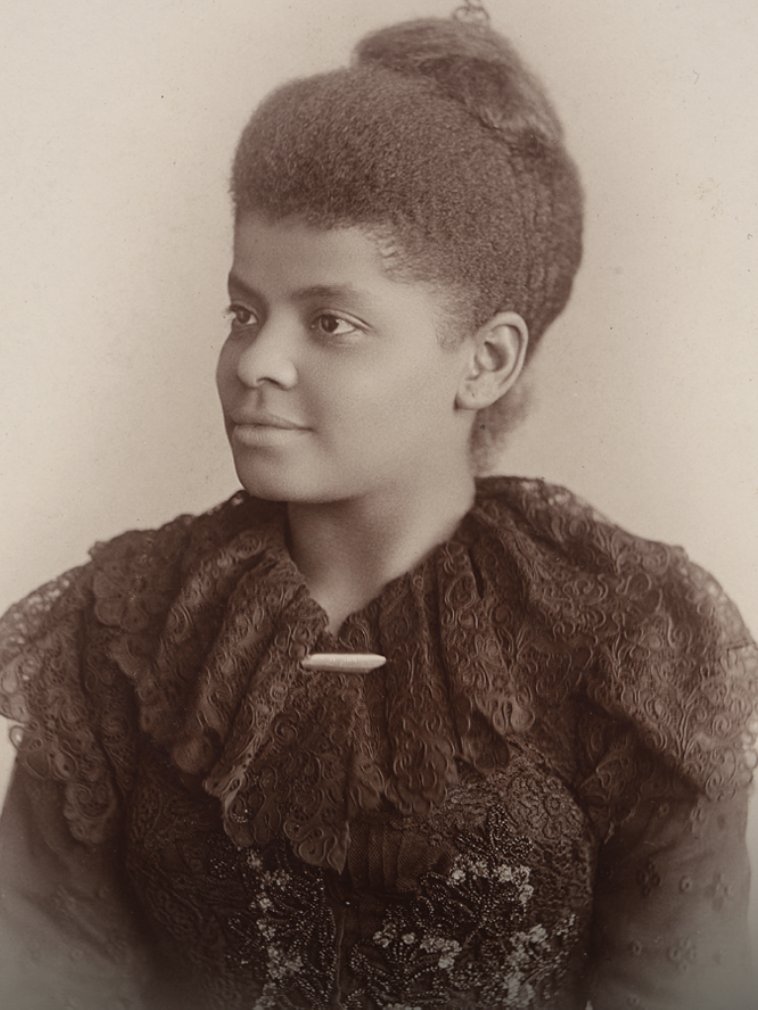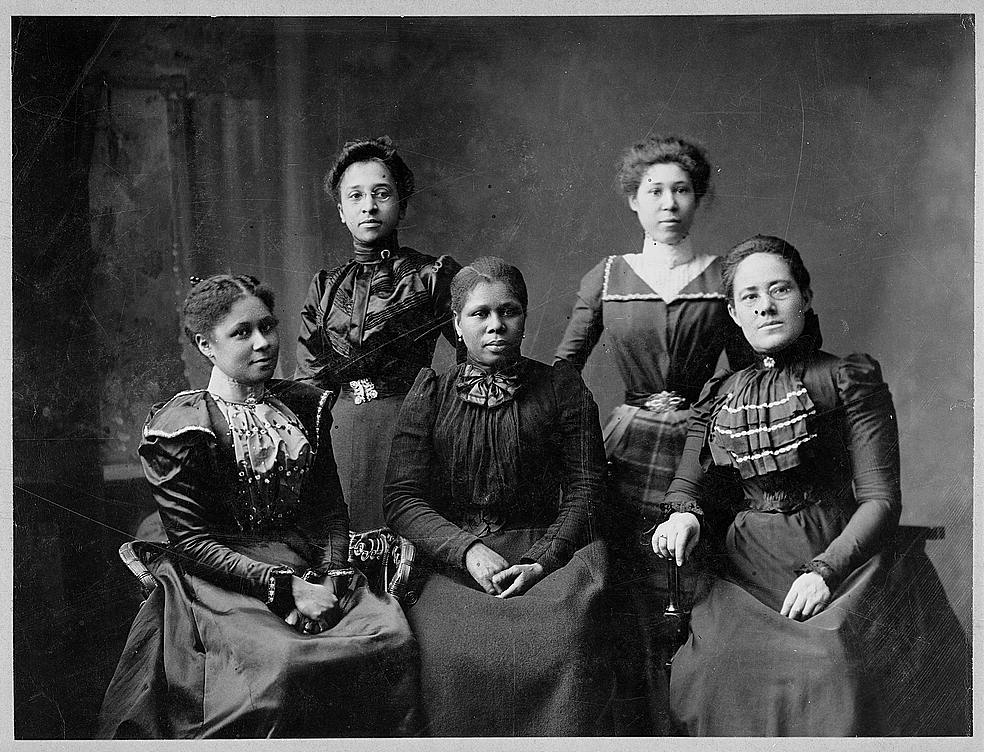On this day, in 1892, one of my ALL-TIME FAVORITE historical events took place. Buckle in, kids, we& #39;re talking Ida B. Wells, and the black women in New York who helped launch her career to the next level!
So 1892 is the peak year of lynching in the United States. One of the black men lynched that year was Tommy Moss, a good friend of young Memphis journalist Ida B. Wells. She was no stranger to tragedy, having lost both parents and a sibling to an epidemic at age 16.
Ida B. Wells is exiled from Memphis after speaking frankly about the lynching problem in the South, and daring to speak the truth about the reality of consensual relationships between white women and black men, which often got black men lynched as "rapists."
So 30-year-old Ida moves to 395 Gold Street in Brooklyn (around the corner from Atlantic Terminal, down the street from the Subway shop on the corner of Willoughby). She starts writing for T. Thomas Fortune& #39;s paper, articles about lynching, but also arts and culture reviews.
And here& #39;s my favorite part: black women in New York immediately welcome her into the fold. She sees the same faces of black women attending the lyceum talks, book clubs, and performances she& #39;s going to. People recognize her name when she introduces herself. Friendships form.
She debates new acquaintance Maritcha Lyons (noted school principal and community leader), at the Brooklyn Literary Union, and though Ida& #39;s much younger, and she loses the debate to Maritcha, she comes to Maritcha afterward like "Girl, you are EVERYTHING, please teach me."
Maritcha starts tutoring her, and introduces her to fellow activists Sarah Garnet and Victoria Earle Matthews. Together, the women decide to organize a "testimonial" for Ida at Lyric Hall, right where the Whole Foods across from Bryant Park is today on 42nd street and 6th Avenue.
The location was important- there had been some bad blood between black women leaders in Brooklyn (which was still a separate city at the time) and New York/Manhattan. These Brooklyn women saw in Ida a story and soul relatable enough to bridge the divide. They were right.
A committee of 250 women organized the event, which was by some accounts, Ida& #39;s first big speech. On October 5th, a crowd gathered at the hall. Like now, the weather was just starting to turn cool, and women likely used the opportunity to premiere their new autumn ensembles.
They went to see and be seen. They went to hear Ida& #39;s story. They went for the gossip. They went because they were smart and engaged and capable, in a world that too often limited their potential to domestic work, and deemed them incapable of careers after marriage/motherhood.
When Ida looked out at the crowd, she saw hundreds of people, many of them black women, there to hear HER, to raise money for HER, to celebrate HER. She threw aside all the tutoring she had gotten from Maritcha Lyons and broke down in tears as she delivered her speech.
Victoria Earle Matthews presented her with a gold brooch and $500, and the event profited an additional $400, which she used toward publishing "Southern Horrors," which she dedicated to "the Afro-American women of New York and Brooklyn."
The organizers of the event decided they liked working together, and inspired more to do the same. From their efforts emerged the Women& #39;s Loyal Union, the Woman& #39;s Era Club, and the seeds of the club movement, which would produce the National Association of Colored Women in 1896.
This event ended up being historically significant, but even if it hadn& #39;t, I always come back to Ida looking out at those faces. This woman who was grieving the losses of a epidemic. Grieving violence against black people with no justice. In her early 30s, feeling behind in life.
A room full of women there to tell her "Girl, we GOT you. You& #39;re doing important work. You have so much potential. You& #39;re speaking truth about our pain. And we& #39;re going to help you be loud about it."
In 1892, these women couldn& #39;t vote. They teach us that no matter what anyone tells you, your vote is not the only way to use your voice in a "democracy." You show up for people. You organize. You share your story. You wear cute outfits. You connect. You follow up.
So if you can& #39;t leave some physical flowers outside the former Lyric Hall on 6th Avenue (I& #39;m planning to!), send some virtual flowers to the memory of this historic gathering on October 5th, who lit the path forward for black women supporting each other.
Oh last thing, I forgot! This story is told in Paula Giddings& #39; EXCELLENT, thorough biography of Wells. I don& #39;t think it& #39;s a coincidence that Giddings researched Ida, worked with Toni Morrison, and wrote Where and When I Enter. We stand, together, on the shoulders of giants  https://abs.twimg.com/emoji/v2/... draggable="false" alt="💜" title="Violettes Herz" aria-label="Emoji: Violettes Herz">
https://abs.twimg.com/emoji/v2/... draggable="false" alt="💜" title="Violettes Herz" aria-label="Emoji: Violettes Herz"> https://abs.twimg.com/emoji/v2/... draggable="false" alt="💜" title="Violettes Herz" aria-label="Emoji: Violettes Herz">
https://abs.twimg.com/emoji/v2/... draggable="false" alt="💜" title="Violettes Herz" aria-label="Emoji: Violettes Herz"> https://abs.twimg.com/emoji/v2/... draggable="false" alt="💜" title="Violettes Herz" aria-label="Emoji: Violettes Herz">
https://abs.twimg.com/emoji/v2/... draggable="false" alt="💜" title="Violettes Herz" aria-label="Emoji: Violettes Herz">

 Read on Twitter
Read on Twitter


















